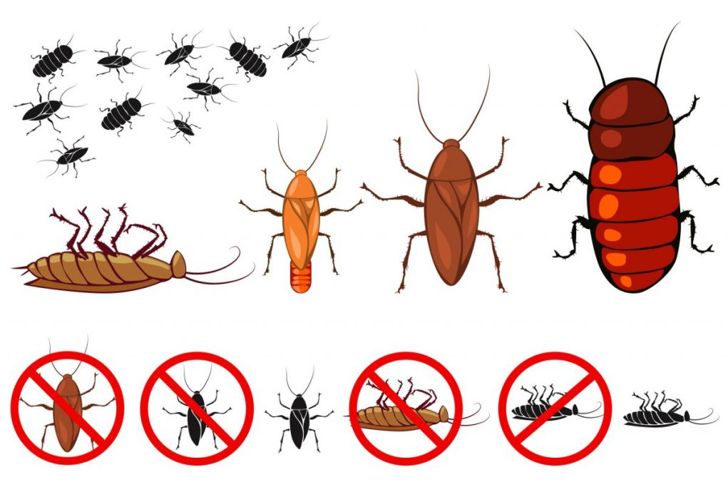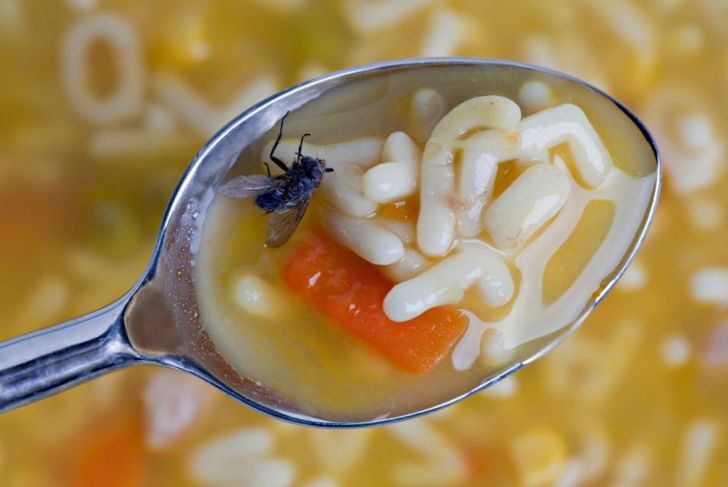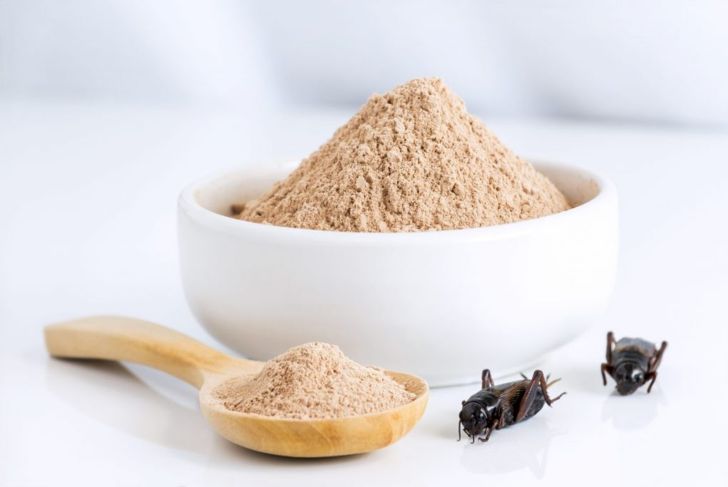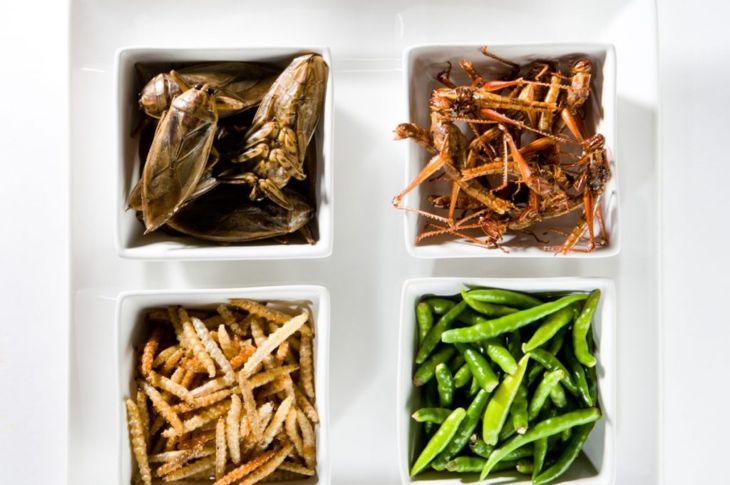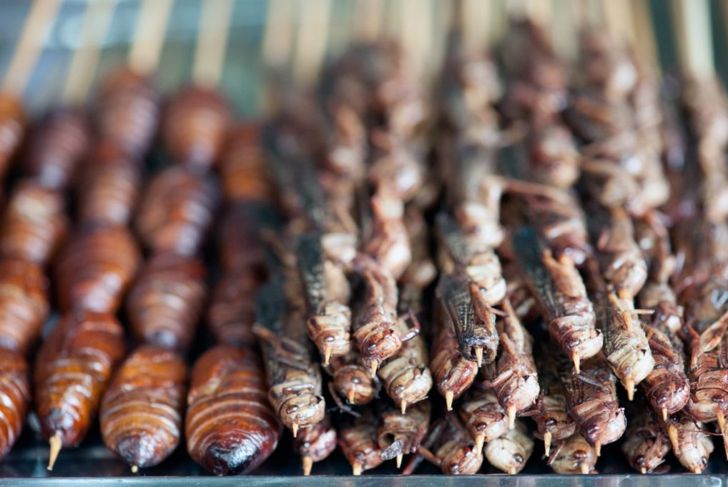Over two billion people regularly consume more than 2,000 species of insects around the world. In Asia, Africa, and South and Central America, people fry, sauté, smoke, and freeze-dry bugs for snacks and meals. For them, edible insects are as common as enjoying chicken in North America. A stigma surrounding insect consumption persists, but entomophagy — the practice of eating insects — is growing in Western cultures. As the global population burgeons, these critters become an appetizing cost-effective, and nutritious solution for fighting hunger. Discover this not-so-new source of crispy, gooey, savory goodness.
Why the West Isn’t Won Over Yet
In tropical and temperate climates, the biodiversity of insects and bugs is astounding. Most edible insects live in these regions, and the people there have long considered them a food source. However, Europe only holds two percent of these creatures and, historically, has treated insects as nuisances and carriers of dirt and disease. This aversion carried over to the New World. The Western disdain for bugs may also stem from a biblical injunction against the consumption of certain insects. As agricultural practices placed increasing emphasis on livestock, the harvesting and consumption of insects were considered “primitive” in comparison. Unfortunately, this bias is influencing other cultures away from a beneficial, readily available food supply.
A Matter of Preference
Ingrained taste preferences range from neophobia — apprehension regarding new food — to neophilia or the desire to taste new foods. The former usually involves disgust, which is a response to appearance, aroma, and taste. Disgust makes many people hesitant to include bugs in their diets. Interestingly, edible insect producers find that disgust is harder to overcome than neophobia. In blindfolded taste experiments, participants could not detect that they were eating edible insect products. This suggests that, while people are willing to try insects, the bugs’ appearance turns them off. Utilizing culinary tourism and media strategies, entomophagy advocates are influencing more people to become comfortable with creepy crawlies.
You’ve Been Eating Them All Along
It’s virtually impossible to eat bug-free. The US Food and Drug Administration’s food defect standards allow for this unavoidable byproduct of food harvesting and processing. For instance, a box of pasta could contain 450 bug parts. You might have eaten at least 30 insect pieces along with your last chocolate candy bar. Chances are, you’ve been ingesting two pounds of insects every year. The USDA has determined that bugs are a safe natural food product. We readily enjoy honey, the regurgitation of bees, and crushed bugs have long been used as natural food colorings. At least 90 species of insects are currently included in food supplements, snack bars, and stand-alone snacks. Market analysts project that athletes and sports enthusiasts will drive increased demand for edible insects.
Insects Feed Our Gut Bugs
Insects may provide a boost to gastrointestinal health by encouraging the growth of beneficial microbiota. Chitin, the exoskeleton of an insect, is a prebiotic fiber. A small study published in Scientific Reports found that participants who consumed cricket flour had higher levels of Bifidobacterium animalis, a probiotic noted for improving digestive function and inhibiting pathogens. The changes in intestinal flora suggest that eating crickets may enhance intestinal homeostasis and lower systemic inflammation.
Could Help Fight Cold and Flu Bugs
Edible insects are already known as a rich source of protein, but new research suggests that they may also provide a hearty helping of antioxidants. In a Frontiers in Nutrition study, pulverized vegetarian insects and invertebrates contained five times as many antioxidants as freshly squeezed orange juice. The research also discovered that fat from silkworms and giant cicadas showed double the antioxidant capability of olive oil.
Most Popular Critters
Beetles, the most abundant of all insects, are the most commonly consumed insect. Caterpillars, ants, bees, wasps, and locusts are also widely enjoyed. Other popular edible insects include crickets, cicadas, termites, dragonflies, and leaf- and planthoppers. People eat these bugs at various stages of their growth cycle, with the larval stage being the most preferred.
Savor the Flavors
Billions of people do not just eat insects out of desperation; they find the bugs to be delectable morsels with unique flavor profiles. The creatures tend to take on the flavor of what they have been fed or the seasonings with which they are prepared. Tasting notes from world-class chefs provide savory insight into what you can expect:
- Ants – peppery
- Scorpion – slightly fishy, like beef jerky
- Katydid – shrimpy
- Termite – crunchy, fatty, nutty
- Common house cricket – walnut, chicken
- Tarantula – meaty, legs taste like chicken wings
- Mealworm – nutty, hint of spice
- Sago grub – hearty, like bacon
- Grasshopper – earthy, like mushrooms
Creative Insect Snacks
Edible insects are swarming the market in a multitude of forms and flavors, a host of crunchy, sweet, and salty tidbits. Reputable online stores adhere to stringent standards designed to ensure quality. Feed your appetite for adventure with these insect bites:
- Smoky BBQ crickets
- Pizza super worms
- Chocolate-covered silkworm pupae
- Scorpion lollipops
- Canned diving beetles with salt
How to Cook Whole Edible Insects
Whole bugs require more preparation than pieces or powder. Most likely, you’ll need to blanch them and remove antennae, wings, and legs. You can cook many larger insects as you would crab, shrimp, or any other arthropod. They are deliciously roasted, skewered, boiled, or fried in tempura batter. Chili-lime sauce, garlic butter, and teriyaki sauce can make perfect dipping condiments for these scrumptious critters.
Precautions
Bugs have been a staple in diets since antiquity, but they may not be a suitable option for some people. A systematic review published in Molecular Nutrition and Food Research reported that people with shellfish allergies could be sensitive to insects. Other studies have found that bugs may carry harmful or even lethal parasites. It’s important to choose well-established edible insect sources to reduce the risk of foodborne illnesses.

 Home
Home Health
Health Diet & Nutrition
Diet & Nutrition Living Well
Living Well More
More